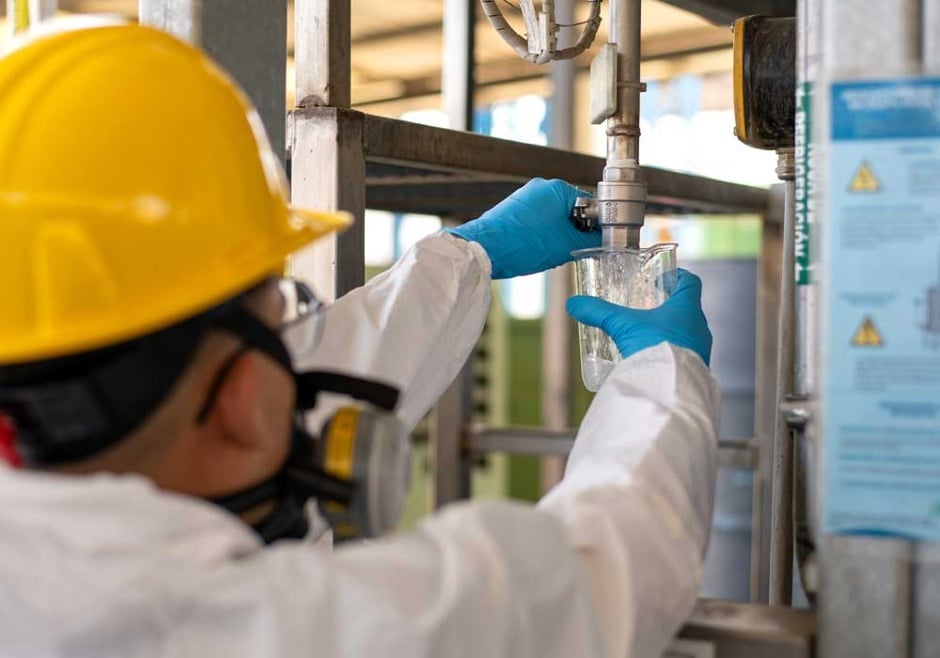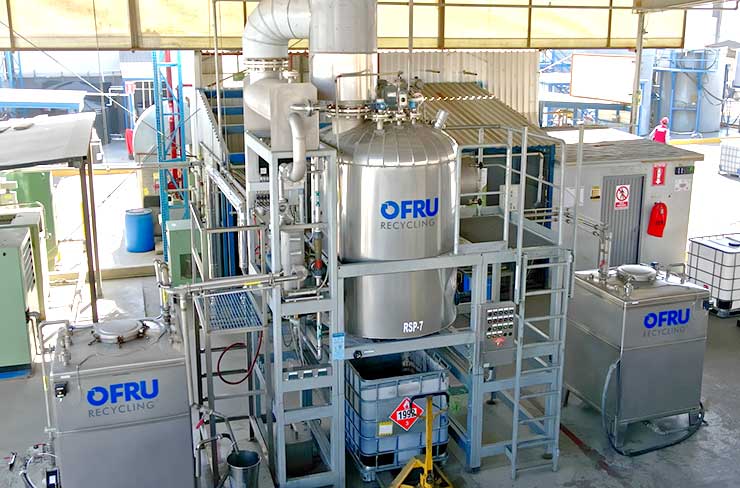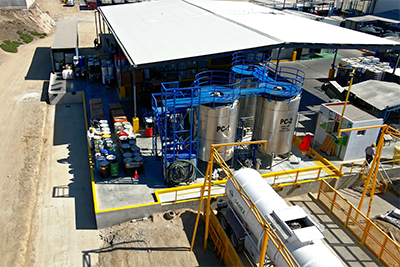How Does A Solvent Vapor Recovery System Work?
A solvent vapor recovery system is a critical component in industrial waste management, reclaiming solvents instead of disposing of them.
3 min read
 Larry Burton
:
Jul 16, 2024 10:37:00 AM
Larry Burton
:
Jul 16, 2024 10:37:00 AM

Solvent distillation stands out as a key technique in reclaiming valuable solvents and minimizing environmental impact.
For facilities that generate solvent waste, the path to responsible waste management begins with choosing efficient and sustainable solvent reclamation methods.
Here’s how the solvent distillation process works and what it could mean for your company as you charge toward the goal of zero waste.
Solvent distillation allows for the recovery and reuse of solvents that would otherwise be discarded as waste. By reclaiming solvents through distillation, companies can conserve valuable resources and reduce the need for new solvent purchases.
reclaiming solvents through distillation, companies can conserve valuable resources and reduce the need for new solvent purchases.
A solvent is a molecule that can dissolve other molecules. These molecules are known as solutes. A solvent can be solid, liquid or gas. After a solvent’s molecules pull apart the solute’s molecules, the solute’s molecules become evenly distributed throughout the solvent. High temperatures or another chemical process must be applied to the solution in order to separate the solvent from the solute.
Here’s how the solvent distillation process works:
This type of solvent recovery system is a process used across many industries, from chemical manufacturing to paints and coatings, pharmaceuticals, electronics and more. Many solvents can be recycled, reprocessed and reused, with some of the most commonly recycled solvents including aliphatics, aromatics, halogenated hydrocarbons, alcohols, ketones and esters.
At a time when environmental sustainability is becoming increasingly important, a number of industries are marching toward the goal of zero waste, driven by a commitment to foster a more resource-efficient future.
Solvent recovery reduces the amount of waste generated by reclaiming and purifying solvents from waste streams. This process reduces or eliminates waste that is disposed of and promotes a more sustainable approach to how industrial facilities manage their waste.
Where companies send their industrial waste impacts how much waste is reduced. At Samex, our solvent distillation process focuses on zero waste. Here’s how we make that happen:
Solvent recycling maximizes the use of existing materials. Whenever spent solvents are disposed of as waste, new raw materials must be extracted to replace them. Solvent reclamation preserves these valuable resources and eliminates waste altogether.
When choosing a solvent distillation plant to receive your facility’s waste, it’s important to look for a partner that embraces energy-efficient technology. Through highly energy-efficient technology, the solvent recycling process at Samex results in high recovery volume and reduced volatile organic compound (VOC) emissions.
The highest quality treatment, storage and disposal facilities (TSDF) also perform initial distillation tests on sample solvents to determine their operating and recovery parameters. Plants should only operate within the parameters you agree upon and should perform continuous testing and sampling throughout the process.
A solvent distillation plant should also be transparent with your waste by returning your manifest within 30 days of receiving the hazardous waste. The plant should also have systems in place to quickly route your waste and process it within one week. During that time, the waste should be analyzed to confirm conformance to the profile and routed to the appropriate processing area. After a few days, engineered fuel should be on the road to the cement kiln, and the solvents for distillation should be processed, with inventory ready to go back into industry.
Finally, if your sustainability goals include reducing the amount of waste your facility generates, a key feature of a sustainable plant is that nothing is wasted. Every byproduct should be used, whether it’s the distillation bottoms or wastewater generated during the solvent distillation process, ensuring nothing goes to landfills.

A solvent vapor recovery system is a critical component in industrial waste management, reclaiming solvents instead of disposing of them.

In manufacturing, efficiency isn’t just about maximizing production. It’s also about minimizing waste.

Companies grappling with solvent waste face a pivotal decision in choosing the right solvent distillation plant, a decision that directly impacts...